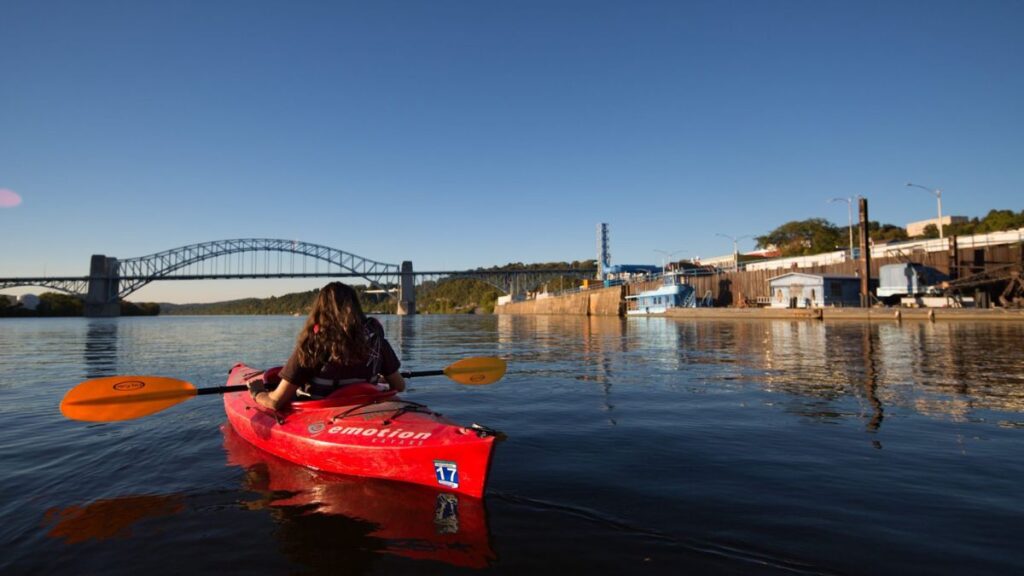The nonprofit, national clean river environmental organization American Rivers has included the Ohio River on its annual list of America’s Most Endangered Rivers.
The report highlights 10 rivers where human health and safety are at risk. The Ohio River watershed covers more than 200,000 square miles and provides drinking water for five million people.
Heather Taylor-Miesle, senior vice president of advocacy and regional conservation for American rivers, said the Ohio River Basin is vulnerable to climate change as well as pollution from chemical production, and heavy industrialization, including mining and resource extraction for energy.
“There is a fossil fuel legacy, there have been pollution threats that we have to address,” Taylor-Miesle said. “That includes acid mine drainage and coal ash because so much of the coal was transported by barge, so the leftovers are right there on the banks of the Ohio River.”
She said significant discharges of toxic chemicals, include legacy chemicals, like mercury, dieldrin, PCBs, and dioxins as well as chemicals of emerging concern like PFAS and Gen-X chemicals. They are associated with carbon and methane emissions, which pose a threat to human and ecosystem health.
In addition, Taylor-Miesle said large outbreaks of toxic algae threaten drinking water, with communities of color and Tribal Nations disproportionately affected.
She said the East Palestine, Ohio, train derailment underscores the vulnerability of the Ohio River and the need for more safeguards and continuous monitoring.
“The Ohio River is historically a working river. It is the backbone of the Midwest,” Taylor-Miesle said. “So how can we bring more balance to this river? What we’re seeing though, is a lot of really important partnerships like the Ohio River Basin Alliance, is a group of stakeholders from various backgrounds coming together with an eye towards planning for the long term, especially in the face of things like climate change.”
The Ohio River Basin Alliance (ORBA), a multi-state effort in partnership with hundreds of stakeholders across the region, is drafting a basin-wide restoration plan. The collaborative effort is modeled after successful restoration projects such as the federal Great Lakes Restoration Initiative.
Taylor-Miesle said its “blueprint” presents goals, objectives and actions for improvements to safeguard drinking water, and support for the ecological well-being of the river and the communities along the river.
In the future, Taylor-Miesle said that she hopes to see more members of Congress from across the Ohio River watershed support the plan to designate the Ohio River as a distinct water system eligible for federal funding for future recovery and protection efforts.




















 Ohio River Basin Alliance (ORBA)/Facebook
Ohio River Basin Alliance (ORBA)/Facebook